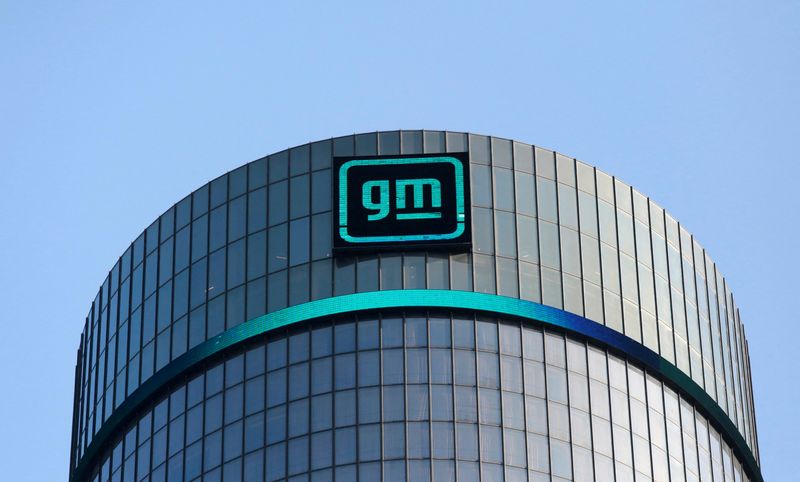(Reuters) - A union representing workers at General Motors (NYSE:GM), Ford Motor (NYSE:F) and Jeep-maker Stellantis (NYSE:STLA) has threatened strikes if a contract deal is not reached before the current ones expire on Sept. 14 at midnight.
A strike would ground production to a halt, costing billions of dollars in losses for automakers as well as their suppliers. With the deadline approaching, here's a look at some key facts about the possible strikes and their costs:
UAW VS. DETROIT THREE
The United Auto Workers (UAW) union said on Aug. 25 that 97% of its nearly 150,000 members voted in favor of authorizing a strike at the Detroit Three automakers if agreements over wages and pension plans were not reached before the current four-year contracts expired.
PAST STRIKES
The UAW went on a 42-day strike against GM in 2019 before reaching a new contract, the longest walkout since a 28-day strike at Ford in 1976. UAW workers have struck work for two days at GM and for one day at Chrysler in 2007.
Prior to 1976, strikes were frequently used as a bargaining tool at Detroit Three. UAW workers went on a strike at GM for 113 days in 1945, according to data compiled by Kristin Dzizcek, an adviser to the Chicago Federal Reserve.
STRIKE POSSIBILITY
A survey of 99 investors by Morgan Stanley found that 82% were expecting a strike, while 58% believed that a stoppage was "extremely likely." A significant percentage also anticipate any UAW contract talks could cause wage inflation in the range of 20%-40% over the next four-year period.
STRIKE IMPACT
The Detroit Three automakers account for about 40% of U.S. new light vehicle sales by units, according to J.P. Morgan. IHS Markit is estimating stoppages at the three automakers to disrupt North American vehicle production by about 75%.
A month-long strike at the three automakers could cut output by as many as 500,000 vehicles, Sam Fiorani, vice president of global vehicle forecasting for AutoForecast Solutions, said in a newsletter. About 1.3 million light vehicles were sold in the United States in August, according to Wards Intelligence data.
ECONOMIC HIT
The automotive industry has historically contributed 3%-3.5% to the U.S. GDP. As of 2020, it accounted for nearly a 7% share of manufacturing value-added in the U.S. economy, research by Deloitte showed.
In terms of employment, the auto manufacturing sector accounts for 9.7 million jobs, or about 5% of U.S. private-sector employment, according to data from the Alliance for Automotive Innovation.
STRIKE TOLL
Ten-day strikes at all three automakers could cost manufacturers, workers, suppliers and dealers more than $5 billion, according to economic consulting firm Anderson Economic Group.
A week long strike at Ford could impact earnings by $550 million, whereas a similar action could shave off $480 million from GM's earnings and $400 million from Stellantis' profit, according to Deutsche Bank Research analysts.
PAST COSTS
GM recorded a $3.6 billion pre-tax loss in 2019 after UAW members went on a strike for 42 days before a new deal with the company was reached. The stoppage cost the workers nearly $1 billion in lost wages, Anderson estimated.
